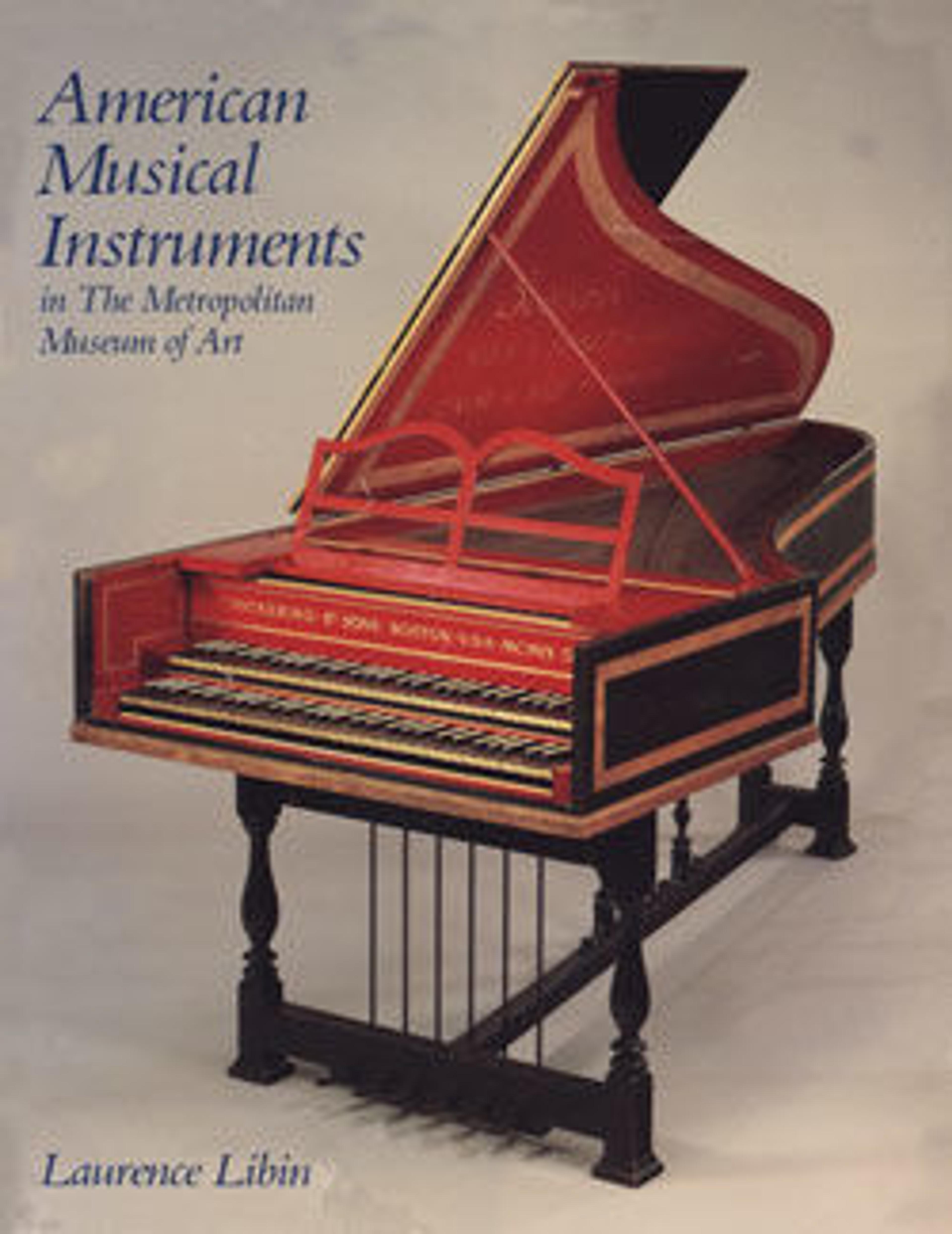Banjo-form Mandolin called a "Bandonian"
In 1912, Brooklyn music teacher and banjo maker William De Wick was assigned a patent for his Bandonian (patent number 1018651), a round-body variation of a mandolin. By the first decade of the 20th century the mandolin had become widely popular across America, primarily through the successful marketing efforts of the Gibson Mandolin-Guitar Company. At the same time, the decrease in popularity of the five-string banjo led to the introduction of other types of banjos, including the four-string tenor banjo, the banjo uke, and the banjo mandolin, which combined an eight-string mandolin neck with a banjo rim and skin membrane. Although first patented in 1882, the banjo mandolin became popular in the early 1900s because it enabled mandolin players to produce banjo-like sounds without changing their playing technique. De Wick's Bandonian is a variant of the banjo mandolin, with a wood soundboard substituting for the stretched-skin banjo head. (Peter Szego, 2020)
Artwork Details
- Title: Banjo-form Mandolin called a "Bandonian"
- Maker: William H. De Wick
- Date: ca. 1912
- Geography: Brooklyn, New York, United States
- Culture: American
- Medium: wood, various materials
- Dimensions: Diam. 27.4 x L. 58.5 cm (10 13/16 x 23 1/16 in.)
- Classification: Chordophone-Lute-plucked-fretted
- Credit Line: Gift of Mr. and Mrs. Harry C. Wolfson, 1978
- Object Number: 1978.274
- Curatorial Department: Musical Instruments
More Artwork
Research Resources
The Met provides unparalleled resources for research and welcomes an international community of students and scholars. The Met's Open Access API is where creators and researchers can connect to the The Met collection. Open Access data and public domain images are available for unrestricted commercial and noncommercial use without permission or fee.
To request images under copyright and other restrictions, please use this Image Request form.
Feedback
We continue to research and examine historical and cultural context for objects in The Met collection. If you have comments or questions about this object record, please contact us using the form below. The Museum looks forward to receiving your comments.
